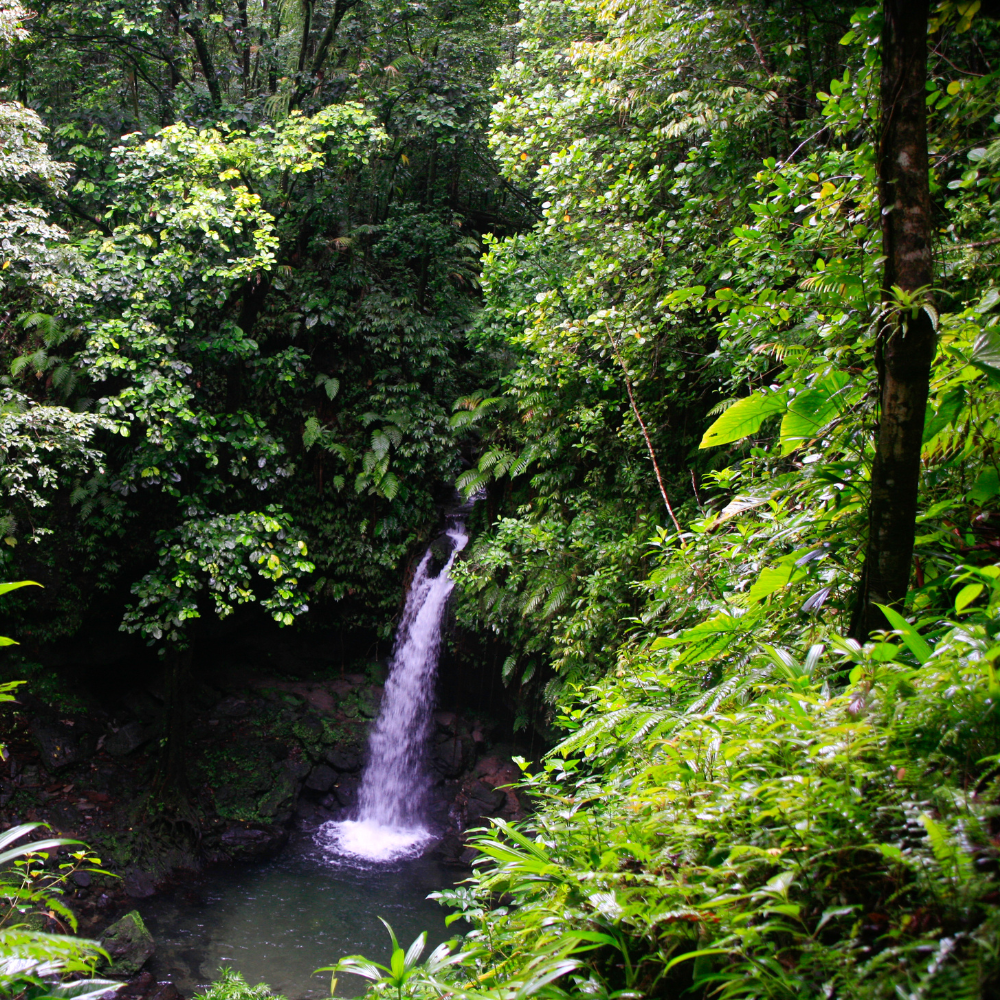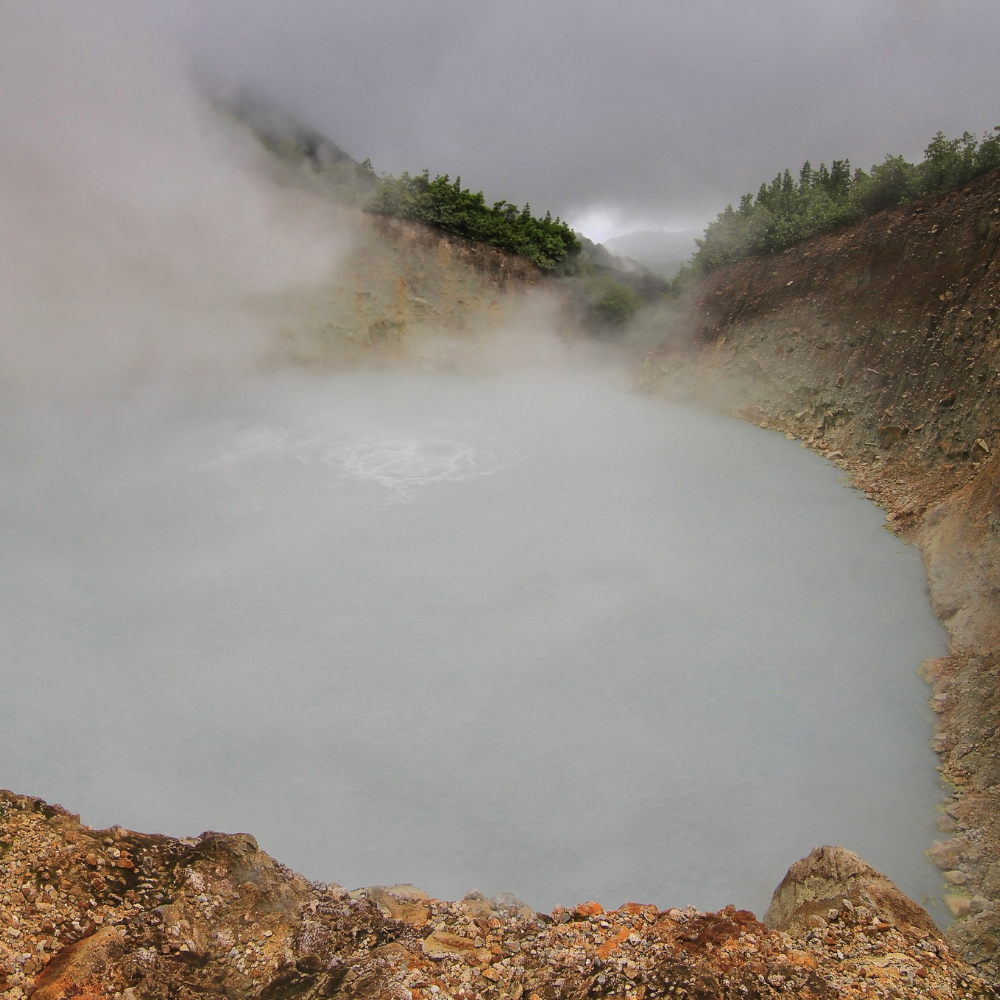The Commonwealth of Dominica has been recognised by CNN as one of nine best Caribbean islands.
Also known as the Nature Isle of the Caribbean, Dominica showcases natural beauty around the country that is truly unmatched. Let’s explore why its been nominated as one of the best Caribbean islands!
Also Read: Dominica is dominating the tourism industry in the Caribbean
Dominica nominated for lush natural beauty
CNN Travel has recognised the following nine countries according to their best features for visitors:
- Dominica: For lush natural beauty
- North and Middle Caicos: For the unspoiled Caribbean
- Curaçao: For ‘city’ life
- Saba: For white-knuckle aviation thrill
- Antigua: For diverse beaches
- Barbados: For great cuisine and rum
- St Barts: For over-the-top luxury
- Puerto Rico: For music and dance, and
- Martinique: For a taste of France in the Caribbean
CNN Travel highlighted the lush natural island of Dominica as it is home to natural rainforests, luxurious eco-resorts and sustainability.
Coulibri Ridge is one of Dominica’s luxurious eco-resorts that has been featured on Conde Nast Taveler and other renowned international publications. Tourists can expect their visit to include luxurious accommodation paired with spectacular surroundings and amazing outdoors adventures.
The makings of a bucket-list island destination
Several factors that contributed CNN Travel’s choice of Dominica as one of the best Caribbean islands include:
Lush nature
Dominica is renowned for its lush rainforests, pristine rivers, and abundant waterfalls. In fact, the island’s rugged terrain includes the Morne Trois Pitons National Park, a UNESCO World Heritage site. The park flaunts volcanic peaks, hot springs, and the famous Boiling Lake.
Morne Trois Pitons National Park
The Morne Trois Pitons National Park is renowned for its remarkable natural and unique geological features. The biodiversity in the national park consists of a diverse ecosystem that spans across 68,000 acres.
The national park is dominated by volcanic activity. It is home to dramatic features like Boiling Lake, the world’s second-largest hot spring, and the Valley of Desolation; known for its fumaroles and bubbling mud pots.
The park is also culturally significant, with a historical site of indigenous Kalinago settlements.
Unrivaled beauty

Dominica has numerous breathtaking waterfalls, including Trafalgar Falls and Middleham Falls. Great for visitors that wish to rejuvenate in revitalising pools and bask in the lush surroundings. Additionally, the island is home to a vibrant biodiversity and various rare and endemic species of plants and animals, including the national bird; the Sisserou parrot.
Conservation efforts and protecting endangered species play an important role in preserving the country’s natural heritage.
Boiling Lake

The second largest in the world – Boiling Lake is a geothermal wonder situated within Morne Trois Pitons National Park, formed by a flooded fumarole. The lake’s most distinctive feature is its constantly churning and bubbling waters, caused by heat underneath. The water temperature is extremely hot for swimming and ranges from 180 to 197 degrees Fahrenheit (82 to 92 degrees Celsius).
The lake is 200 feet (61 metres), with depth estimated to be over 200 feet. The Boiling Lake is in a volcanic crater and surrounded by a lush rainforest, forming part of the island’s geological diversity.
The hike to the Boiling Lake takes adventurers and nature enthusiasts through the dense forests, sulphur springs, and natural landscapes.
Soufriere-Scott’s Head Marine Reserve

The Soufriere-Scott’s Head Marine Reserve (SSMR)is a pristine and ecologically significant protected area alongside the west coast of Dominica. The SMMR has a diverse marine ecosystem. The nutritional waters support multiple marine species, which have vibrant coral reefs, sponges, and a unique fish species.
Divers and snorkelers can witness the colourful underwater world with species like parrotfish, angelfish, and seahorses.
Dominica’s volcanic origins are evident in the underwater landscape of the SSMR. Submerged volcanic craters, drop-offs, and underwater vents create a dramatic and dynamic seascape.
The Soufriere volcano is another prominent feature in the SMMR. The reserve also features underwater hot springs and geothermal activity, creating unique geological formations. SMMR can be found at the southern tip of the island, where the Caribbean Sea meets the Atlantic Ocean.
The rugged coastline and cliffs of Scott’s Head Peninsula provide magnificent vistas and hiking trails for those seeking a terrestrial adventure. The marine reserve offers world-class diving opportunities, with sites like ‘Champagne Reef’ where underwater geothermal vents release multiple streams of bubbles, resembling champagne bubbles.
Birdwatching
The reserve’s coastal and mangrove areas are important habitats for various bird species, including migratory birds, making it a haven for birdwatchers. It is protected by strict conservation regulations, including no-fishing zones, to preserve its natural beauty and biodiversity.
Also Read: The sperm whales of Dominica
